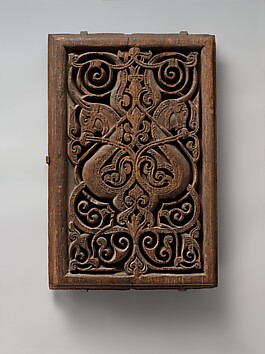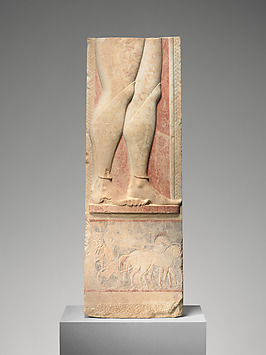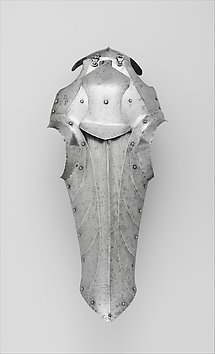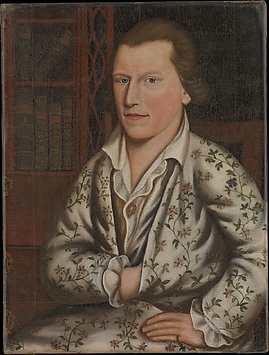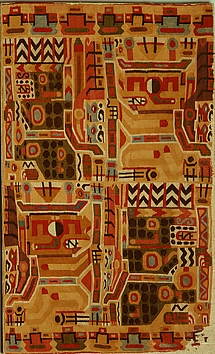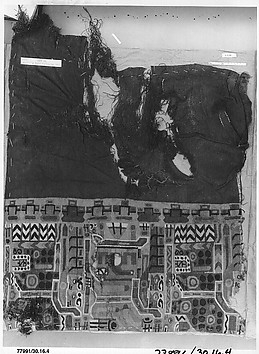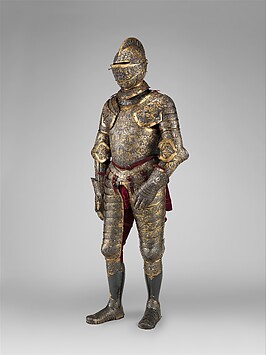Search / All Results
14,755 results for Fragment of textile with horses








Essay
Textile Production in Europe: Silk, 1600–1800
October 1, 2003
By The Costume Institute and Melinda Watt

editorial
Diversity and Exquisiteness: Examples of Three Asian Textile Sample Books
June 27, 2018
By Andrijana Sajic

editorial
Shaffron and Sultanate: Horse Armor for Indo-Islamic Royalty
January 15, 2015
By Rachel Parikh

